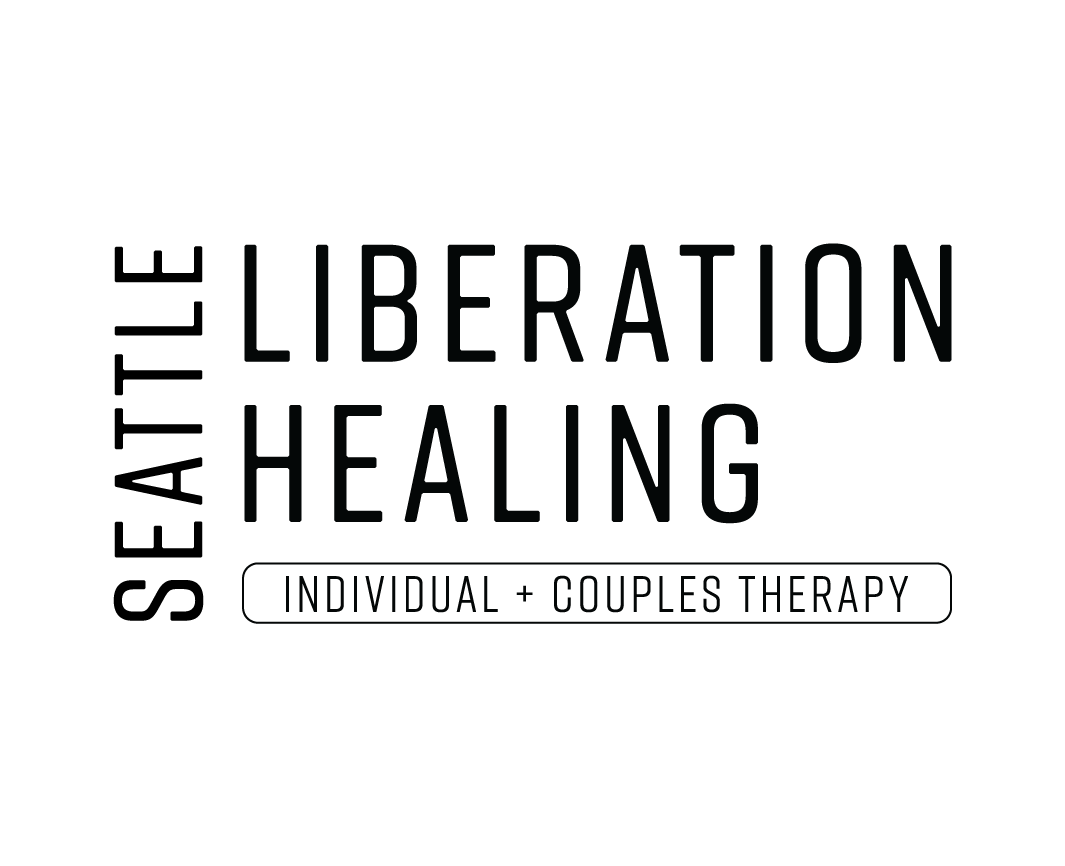Why Don’t Some People Develop PTSD After Trauma?
Not everyone who goes through trauma will develop PTSD.
Why is this? Protective factors and risk factors.
Risk factors increase a person’s chances of developing PTSD after a traumatic event. Protective factors reduce the risk of developing PTSD.
Many factors play a part in whether a person will develop PTSD. This includes:
Type of trauma(s)
Frequency of exposure to a traumatic event(s)
Risk factors
Protective factors
Risk Factors Include:
Higher Adverse Childhood Experiences (ACEs) score
Childhood trauma and neglect
Having little or no social support
Chronic stress
Lack of social support
Maladaptive coping tools/skills
Isolating oneself
Avoidance of emotions
Avoiding your natural emotions tends to lead to internalizing and a build up of emotions
Difficulty accessing professional mental health treatment
Lack of money and/or insurance
And more
Protective Factors Include:
Social support
Having close and trusted people care about you and check in on you
Having close and trusted people help you when you ask for help
Adaptive coping skills/tools
Having access to professional mental health treatment (money, insurance)
Hope or optimism
Resilience
History problem-solving skills
Connecting with others, such as family or friends
Coping with stress effectively and in a healthy manner (not avoiding)
Finding positive meaning in the trauma
Having social support available to you
Helping others or volunteering
Holding the belief that there is something you can do to manage your feelings
Identifying as a survivor as opposed to a victim
Seeking help
Self-disclosure of the trauma to loved ones
Spirituality
Religion
Self-efficacy
Secure attachment
And more
The two big predictors of PTSD are peritraumatic dissociation Campodonico, Berr, Haddock, Varese, 2021) and trauma related guilt (Kip, Diele, Holding & Marina, 2022).
Peritraumatic Dissociation
Peritraumatic dissociation refers to an experience during the traumatic experience where an individual dissociates or disconnect/detach from the experience.
You may feel like you’re floating outside your body, feeling like you’re mentally detached, having a temporary break from reality, and more.
Thompson-Hollands, Jun & Sloan (2017) states that peritraumatic dissociation is, “…a term used to describe a complex array of reactions to trauma, including depersonalization, derealization, and emotional numbness, has been associated with posttraumatic stress disorder (PTSD) symptoms across a number of studies.”
Trauma Related Guilt
Feelings that develop after the trauma experience(s)
This could manifest as the following:
Blaming oneself
Comparing your experiences with others
Wishing you did more and helped others
Feeling overly responsible
Having thoughts you are a burden
Survivor’s guilt
Guilt (“I did something bad”)
Shame (“I am bad”)
And more
Read My Other Blog Posts on Trauma
How Does Childhood Trauma Show Up In Romantic Relationships?
Why Do I Feel Unsafe With Other People As a Survivor of Trauma?
Childhood Trauma and Adult Trust Issues. Why is it hard for me to trust others?
What Is Trauma’s Fawn Response (People Pleasing & Appeasing)
References
Campodonico C, Berry K, Haddock G, Varese F. Protective Factors Associated With Post-traumatic Outcomes in Individuals With Experiences of Psychosis. Front Psychiatry. 2021 Nov 29;12:735870. doi: 10.3389/fpsyt.2021.735870. PMID: 34912247; PMCID: PMC8666594. https://pmc.ncbi.nlm.nih.gov/articles/PMC4112724/
Thompson-Hollands J, Jun JJ, Sloan DM. The Association Between Peritraumatic Dissociation and PTSD Symptoms: The Mediating Role of Negative Beliefs About the Self. J Trauma Stress. 2017 Apr;30(2):190-194. doi: 10.1002/jts.22179. PMID: 28449364; PMCID: PMC5793871. https://pmc.ncbi.nlm.nih.gov/articles/PMC5793871
Kip A, Diele J, Holling H, Morina N. The relationship of trauma-related guilt with PTSD symptoms in adult trauma survivors: a meta-analysis. Psychol Med. 2022 Sep;52(12):2201-2211. doi: 10.1017/S0033291722001866. Epub 2022 Jul 4. PMID: 35781354; PMCID: PMC9527673. https://pmc.ncbi.nlm.nih.gov/articles/PMC9527673/
